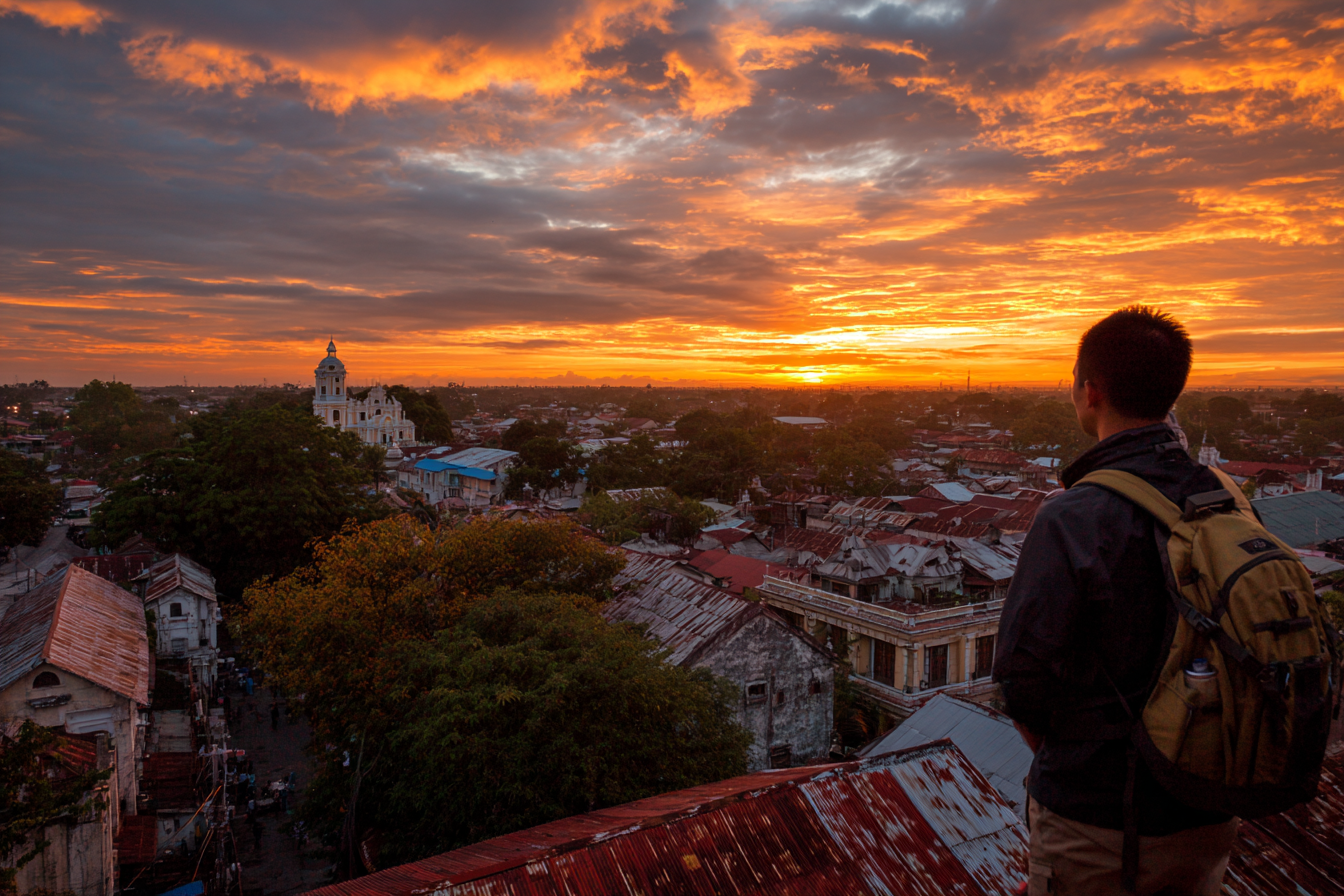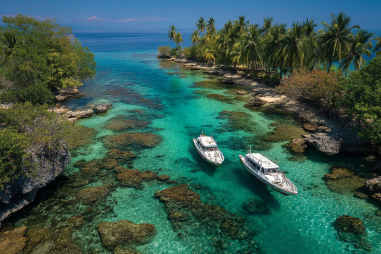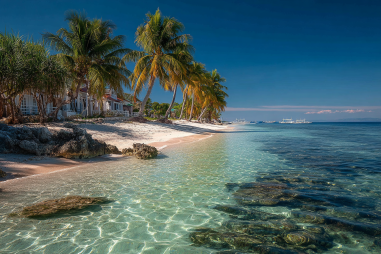Vigan, a charming city located in Ilocos Sur, Philippines, is renowned for its well-preserved Spanish colonial architecture, cobblestone streets, and vibrant local culture. If you’re planning your first trip to this UNESCO World Heritage Site, knowing a few essential travel tips can greatly enhance your experience. From choosing the best seasons to visit and understanding local customs to finding the perfect places to stay and eat, this guide will prepare you for a memorable adventure in Vigan.
When to Visit Vigan: Best Seasons and Weather
The best time to visit Vigan largely depends on your preference for weather and local events. The city experiences a tropical climate with two primary seasons: the dry season and the rainy season.
The dry season spans from November to April and is generally the most ideal time to visit. The weather is pleasant and sunny, perfect for exploring outdoor attractions and taking leisurely strolls around the historic district. March to April can get quite warm, but it’s perfect for beachside day trips nearby.
The rainy season lasts from May through October, with the heaviest rainfall typically occurring between July and September. While the city is less crowded during this period and accommodations may be cheaper, heavy rains can disrupt travel plans, especially when exploring on foot.
Consider planning your visit around Vigan’s popular festivals as well. The Vigan Longganisa Festival in January and the Vigan City Fiesta in May offer lively cultural experiences but also bring larger crowds. Booking accommodations early during these times is advisable.
How to Get to Vigan: Transportation Options
Getting to Vigan is relatively straightforward, with several transportation options depending on where you’re coming from.
If you’re flying, the nearest airport is Laoag International Airport (approximately 80 kilometers north). From Laoag, you can hire a private car or take a bus to Vigan.
The more common way to reach Vigan for travelers coming from Manila or other major cities is via land transportation. Several bus companies offer direct routes from Metro Manila to Vigan, including Partas, GV Florida, and Viron Transit. The journey typically takes between 8 to 10 hours, so preparing for a long trip with snacks and comfort items is recommended.
For those already in nearby cities, private car rentals or vans are available and provide flexibility to stop at attractions along the way. If you’re adventurous, taking a tricycle or jeepney from nearby towns can also be a fun way to get to Vigan while experiencing local transportation.
Accommodation Options and Where to Stay
Vigan offers a range of accommodation options catering to different budgets and preferences, from cozy guesthouses to boutique hotels and heritage inns.
For the authentic experience, staying in the Heritage Village or the City Proper area is ideal. Here, you can find charming colonial-style hotels such as Hotel Luna, known for its elegant ambiance and proximity to key attractions like Calle Crisologo. Other heritage inns like Remancilla Pension House and Hidden Garden Bed & Breakfast provide more affordable yet comfortable stays that blend with the old-world charm.
If you prefer more modern amenities or are traveling with family, there are several mid-range and budget hotels a little further from the city center, which may offer more space and conveniences like parking and swimming pools.
To secure your preferred lodging, especially during festivals or peak season, booking in advance is highly recommended.
Local Customs, Etiquette and Language Tips
Understanding local customs and etiquette will enrich your experience and help you connect warmly with the friendly locals of Vigan.
Filipinos in Vigan are known for their hospitality and respectfulness. When greeting, a simple “hello” or a respectful nod is appreciated. If you want to greet in the local dialect, saying “Kumusta kayo?” (How are you?) in Ilocano shows cultural awareness—though most locals also speak fluent Tagalog and English.
Respect for elders is deeply ingrained in Ilocano culture. A customary gesture is “mano po,” a traditional way of greeting by taking an elder’s hand and gently bringing it to your forehead as a sign of respect.
When visiting churches or heritage sites, dress modestly and speak softly to respect the sacred and historical ambiance. It’s also polite to ask permission before taking photos of locals or inside private properties.
Budget Tips and Money-Saving Advice
Traveling to Vigan can be very affordable with some smart budgeting and local insight.
- Transportation: Opt for public buses instead of private cars for a cost-effective journey. Within the city, use jeepneys or tricycles instead of taxis to save money.
- Accommodation: Staying at guesthouses or inns outside the peak season helps lower costs. Check for promos or multi-night discounts.
- Food: Enjoy local eateries and street food stalls (“carinderias”) where meals are hearty and budget-friendly.
- Shopping: When buying souvenirs such as the famous Vigan pottery or handwoven textiles, don’t hesitate to haggle politely, which is common practice.
Bringing some cash is advisable as smaller establishments may not accept credit cards. ATMs are available but sometimes limited in more remote areas.
Food and Dining Recommendations
Vigan is a food lover’s paradise, celebrated for its unique Ilocano flavors and culinary traditions.
Don’t miss tasting the famous Vigan longganisa, a garlicky sausage that locals proudly serve at breakfast. Pair it with sinanglao, a traditional beef innards soup, for an authentic taste experience.
Visit the eateries along Calle Crisologo or the Plazas to sample local favorites like empanada (stuffed pastry), bagnet (crispy pork belly), and poqui-poqui (grilled eggplant salad). For a sweet treat, try kalamay, a sticky rice cake, or the local peanut brittle.
If you want a more upscale dining experience, several heritage hotels offer gourmet menus featuring both Filipino and international cuisines.
Packing Checklist for Vigan’s Climate
Packing smartly for Vigan ensures comfort as you explore its historic streets and surrounding attractions.
- Lightweight, breathable clothing for hot days—cotton and linen fabrics work best.
- A light jacket or shawl for cooler evenings, especially during the dry season.
- Comfortable walking shoes or sandals suitable for cobblestone streets.
- Sun protection items–hat, sunglasses, and sunscreen—are essential.
- An umbrella or raincoat if you visit during the rainy season.
- A reusable water bottle to stay hydrated while touring.
- Personal medications and basic first aid supplies.
- Portable phone charger and camera to capture scenic spots.
Safety Tips and Emergency Contacts
Vigan is generally a safe destination for travelers, but it’s always wise to practice common safety measures:
- Keep your valuables secure and avoid flashing expensive items.
- Stay aware of your surroundings, particularly at night or in less crowded areas.
- Use authorized transportation and avoid hitchhiking.
- Drink bottled water or properly filtered water to avoid stomach issues.
In case of emergencies, here are useful contacts to remember:
- Vigan City Police Station: +63 77 722 5039
- Ilocos Sur Provincial Hospital: +63 77 722 4564
- Emergency Medical Services: 911
- Tourist Assistance Centers in Vigan for visitor support.
Getting Ready for a Smooth Trip
Preparing well with these essential travel tips will make your first visit to Vigan both enjoyable and hassle-free. Knowing when to go, how to get there, where to stay, and what customs to observe sets you up for a culturally rich experience. Coupled with budget-wise decisions, delicious dining, smart packing, and safety awareness, your Vigan adventure promises to be an unforgettable journey into the heart of Philippine heritage.







